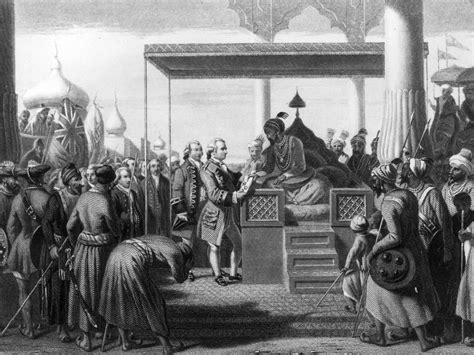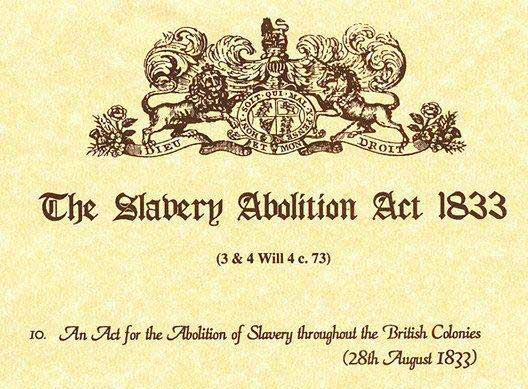The History of the Commonwealth: A Timeline
The Commonwealth of Nations has evolved from the British Empire into a modern association of independent nations. This timeline traces the key moments in Commonwealth history based on the texts we studied in class.
🏭 Early Colonial Expansion (Texts A, B, E)
The foundation of the Commonwealth began with British colonial expansion:

British East India Company: The company established trading posts across Asia and eventually governed territories in India, representing British commercial and political interests abroad.
India (Text A): The British East India Company evolved from trading posts to governing territories, collecting taxes and running courts. What began as business slowly became government.
Australia (Text B): Initially a penal colony, Australia developed into a permanent settlement with its own identity while maintaining ties to Britain. This expansion had profound effects on Aboriginal peoples.
Africa (Text E): European powers, including Britain, divided Africa at conferences, drawing borders with little regard for local societies and establishing colonial administrations.
🏛️ 1867 - Confederation of Canada (Text D)
Separate colonies in North America decide to join together to form a single federal country called Canada. This creates the first "dominion" - a new type of relationship between Britain and its colonies.
Key Features:
- Federal system with shared responsibilities between national and local governments
- National institutions: parliament, courts, postal routes, and railways
- Growing sense of shared identity as citizens of one country
- Balance between local languages/customs and national unity
Significance: Canada became the model for other dominions, showing how colonies could unite while maintaining ties to Britain.
📜 1926-1931 - Path to Dominion Status (Text H)
The British Parliament recognizes that Dominions like Canada, Australia, and New Zealand can make their own laws without needing approval from London.
Key Changes:
- Dominions gained authority to govern themselves in internal matters
- Local parliaments gained real legislative power
- Major step toward full political independence
- Some matters like foreign policy still coordinated with Britain
Impact: This legal change made political life more meaningful in the dominions, as elections and debates now had real consequences.
⚖️ 1833 - Abolition of Slavery (Text C)

Britain's parliament passes a law making slavery illegal across its possessions, including Caribbean colonies like Jamaica and Barbados.
Consequences:
- End of the official system of buying and selling people as property
- Forced changes in plantation operations and colonial economies
- Former owners received government compensation
- Long process of social and economic transformation began
Legacy: This marked a public rejection of slavery and started moral transformation across the Empire.
🌍 1947-1949 - Indian Independence and the London Declaration (Texts I, J)
Indian Independence (Text I): After a long campaign for self-rule, new independent states are formed: India and Pakistan. This process involved massive population movements and the challenge of building new nations.
Commonwealth Transformation (Text J): Leaders agree to transform the old imperial relationship into a voluntary association. The key innovation: countries can become republics and still remain members.
New Commonwealth Features:
- Cooperation in education, health, trade, sport, and culture
- Shared values and common language links
- Programs to help smaller nations with training and development
- Networks that last beyond formal political control
🌍 1899-1902 - The South African War (Text F)
A violent conflict erupts between the British Empire and the Boer republics (Transvaal and Orange Free State).
Impact:
- Disrupted farming and forced civilians into camps
- Introduced modern military methods to the region
- Families lost homes and communities were displaced
- Political map was redrawn after British victory
Aftermath: This conflict led to the reorganization of land ownership and local government, setting the stage for future political developments.
🤝 1910 - Union of South Africa (Text G)
Several British colonies and Boer territories agree to form the Union of South Africa.
Key Features:
- Central government with national courts and common legal system
- Symbolic links to Britain but internal self-governance
- National railways, services, and civil service
- Citizens participate in national elections
Challenge: The union embedded inequalities that would shape later political struggles, including the development of apartheid.
🏴 1956 - The Suez Crisis (Text K)
A dramatic confrontation over the Suez Canal shows the limits of old imperial power.
Events:
- Britain and France, with Israel, try to regain control of the canal
- International pressure forces withdrawal
- Episode damages the international standing of involved governments
Significance: This crisis demonstrated that military intervention was no longer an effective instrument of national policy and marked the end of traditional imperial power projection.
🆓 1957 - Ghana's Independence (Text L)
Ghana (formerly the Gold Coast) becomes the first African territory to achieve independence, inspiring other African nations.
Significance:
- First African country to join the Commonwealth as an independent nation
- Demonstrated that peaceful political change was possible
- Leaders focused on building schools, hospitals, and national economy
- Joined Commonwealth for scholarships, trade links, and diplomatic support
Impact: Ghana's independence signaled the beginning of African decolonization.
🌊 1960s - Wave of African Independence (Text M)
A wave of independence spreads across Africa as many territories move from colonial rule to self-governance.
Challenges for New Nations:
- Building stable institutions
- Creating economic plans
- Dealing with border disputes from colonial map-drawing
- Balancing local traditions with modern statehood demands
Changes: Trade patterns shifted, new embassies opened, and international organizations received many new members.
🚫 Apartheid Era - South Africa's Isolation (Text N)
South Africa's apartheid system leads to international isolation and internal resistance.
Consequences:
- Many countries reduce diplomatic and sporting ties
- Trade, travel, and cultural exchange become limited
- Internal resistance grows through protests and campaigns
- International pressure contributes to eventual political transformation
Lesson: This period shows how the Commonwealth's values of equality and human rights became central to membership.
🔄 Commonwealth Today - A Voluntary Association
The modern Commonwealth, born from the transformation described in Text J, represents:
54 Member Nations united by:
- Shared values: democracy, human rights, rule of law
- Common language and legal traditions
- Voluntary cooperation in education, health, trade, and sport
- Networks that support development and cultural exchange
Key Principles:
- Voluntary membership - countries choose to join and remain
- Equality - regardless of size or wealth
- Cooperation - not control
- Respect for sovereignty - each nation governs itself